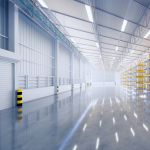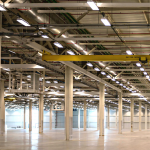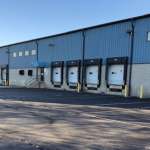
The Oldies.com building, a highly visible property from the Blue Route when headed south and known for its moniker emblazoned across the structure, has been put up for sale.
The owner of the 52,000-square-foot building at 60 Portland Road in West Conshohocken has decided the company no longer needs as much space to distribute the vinyl records, compact discs, DVDs and other collectables. Oldies.com needs about 5,000 to 10,000 square feet and has decided to put the property on the market.
The industrial market, which consists of large and small warehouses and distribution centers, has never been hotter across the region. The overall vacancy rates stands at 3.7% and average asking rents are $8.86 a square foot, which is up 4% quarter over quarter.
*Article courtesy of Philadelphia Business Journal
Wolf Commercial Real Estate, a full-service CORFAC International brokerage and advisory firm, is a premier Philadelphia commercial real estate broker that provides a full range of Philadelphia commercial real estate listings and services, property management services, and marketing commercial offices, medical properties, industrial properties, land properties, retail buildings and other Philadelphia commercial properties for buyers, tenants, investors and sellers.
Please visit our websites for a full listing of Philadelphia commercial properties for lease or sale through our Philadelphia commercial real estate brokerage firm.






